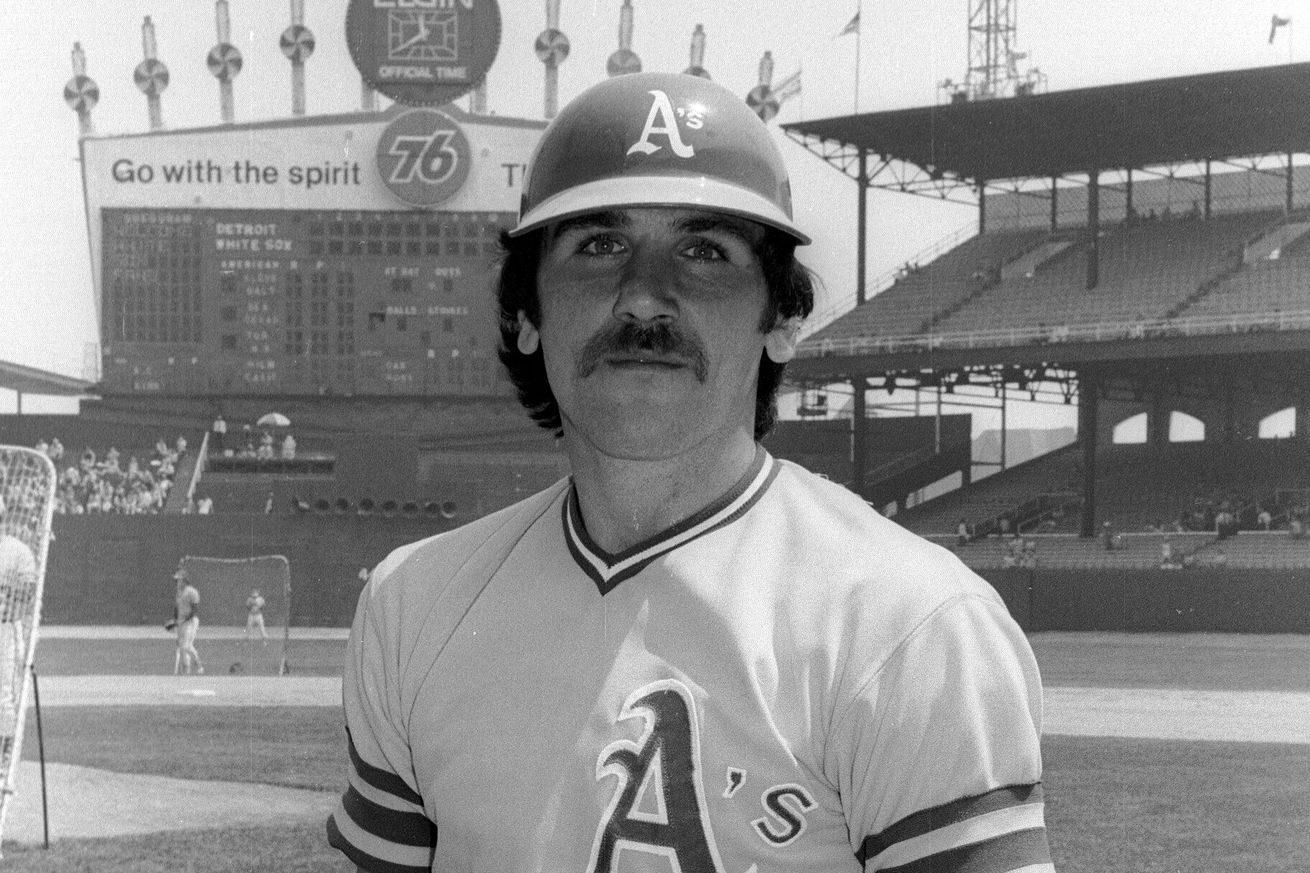
Jim Essian comes home
1869
Clark Griffith was born, in Clear Creek, Mo.
While his 63.8 WAR career was built mostly in the 1890s as a pitcher for the Chicago Colts (Cubs), Griffith was a key member of the first MLB pennant-winning White Sox team, in 1901. For that season, Griffith joined scores of National League players who jumped leagues to the American, and led the majors in winning percentage (.774, 24-7) and the AL in shutouts (five). His 5.7 WAR represented the last superstar season of his career.
In addition to leading the White Sox pitching staff, Griffith piloted the White Sox to the AL pennant, with an 83-53-1 record. Though the team fell to fourth place and a 74-60-4 record in 1902, Griffith’s .581 winning percentage managing the White Sox ranks second among all-time franchise managers.
The Old Fox was dealt to the New York Highlanders before the 1903 season, and went on to become a player/manager/owner with the Washington Senators. He was inducted into the Hall of Fame as a pioneer/executive in 1946.
1893
The Western League was reorganized after a meeting in Detroit, with Ban Johnson elected its president. It was the direct forerunner to what would become the American League in 1900. The league started with seven franchises: Detroit, Sioux City, Toledo, Kansas City, Indianapolis, Grand Rapids and Minneapolis. The Minnesota franchise would eventually be moved to the South Side of Chicago by Charles Comiskey, taking up play in 1900.
1962
After his worst season in 14 years (7-15, 4.46 ERA, 88 ERA+, 0.3 WAR), Early Wynn was released by the White Sox. While the release of a 42-year-old pitcher who’d seen better days wasn’t necessarily surprising, Wynn was just one win short of the magical 300 mark. Win No. 298 had come on August 10, and with eight starts left in the year, Wynn seemed a cinch for 300. But the workhorse went 1-7 the rest of the way, with a 5.34 ERA.
Wynn was given an invite to Spring Training but did not break camp with the White Sox. The veteran caught on with his former club, Cleveland, at midseason the next year, getting his 300th win on his seventh try. It would be his last in the bigs.
1980
The first move, in a sense, of the anticipated Edward DeBartolo White Sox ownership was the signing of Jim Essian at catcher. The White Sox had traded Essian to Oakland three seasons earlier.
The veteran would lose his starting catcher job before the season began, as Carlton Fisk was courted by the White Sox in Spring Training and was eventually signed to take the lion’s share of the workload.
Knowing that DeBartolo’s money was on the way — of course, his hand-picked owner ended up getting rejected by the AL owners, turning the club over to Jerry Reinsdorf — Veeck was free to truly indulge the White Sox with some free-market purchases for the very first time.
